Jack Pidduck recalls a particular holiday with his parents, driving along a mountain road in north Wales, overlooking a deep valley below. He remembers how the light caught the slopes and bounced off the folds. They pulled over on a lay-by to look out over the blanket of clouds and watch the gleaming tufts shift.
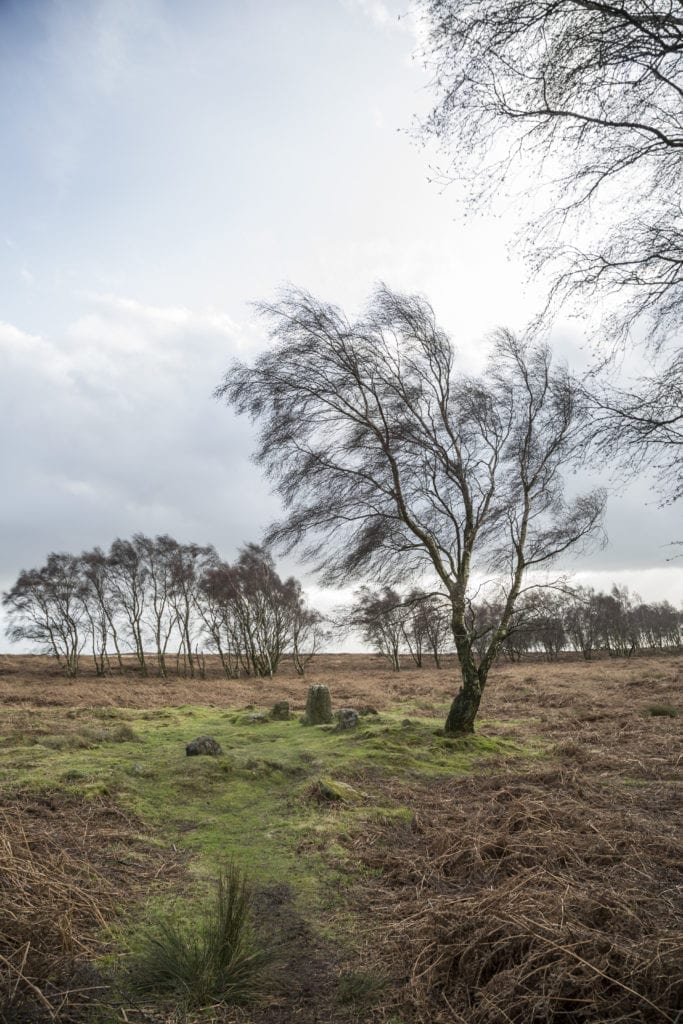
“I asked my mother if I could borrow her 8-megapixel point-and-shoot to snap a few pictures – it was an amazing camera at the time. I was so proud of how they came out. I remember loving the feeling of seeing something beautiful and being able to capture it and share it with others. I spent the rest of the holiday taking photographs and haven’t really put a camera down since.”
He was 14 at the time and remembers the moment vividly – the way the camera felt in his hands, its ability to capture a moment in time. Now 22, the Nottingham Trent University graduate has shown his final-year project, Divination, in the Nottingham Trent graduate portfolio exhibit, Emerge, which formed part of this summer’s Free Range graduate shows, held at the Old Truman Brewery in east London throughout June and July.
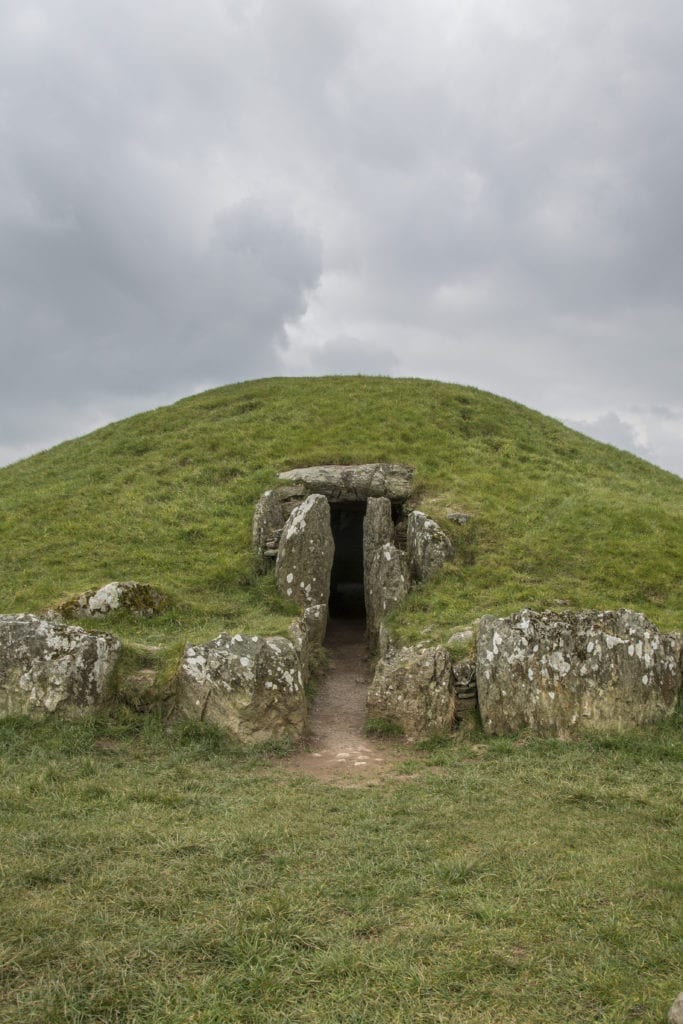
“Divination is an exploration of faith, belief and ritual in relation to place,” explains Pidduck. “I focus on elements of the modern Pagan community and the spaces they engage with.”
The idea for the work came about last summer, after a conversation Pidduck had with his mother about her casual interest in Paganism. “I wanted to learn more, so I contacted a local group – the Nottingham Pagan Network (NPN) – and was invited along to one of their ‘moots’, which is really just a casual gathering. In the months that followed I got to know many of the members quite well, and eventually told them about my idea for the series. They were more than happy to help and agreed to pose for the portraits.”
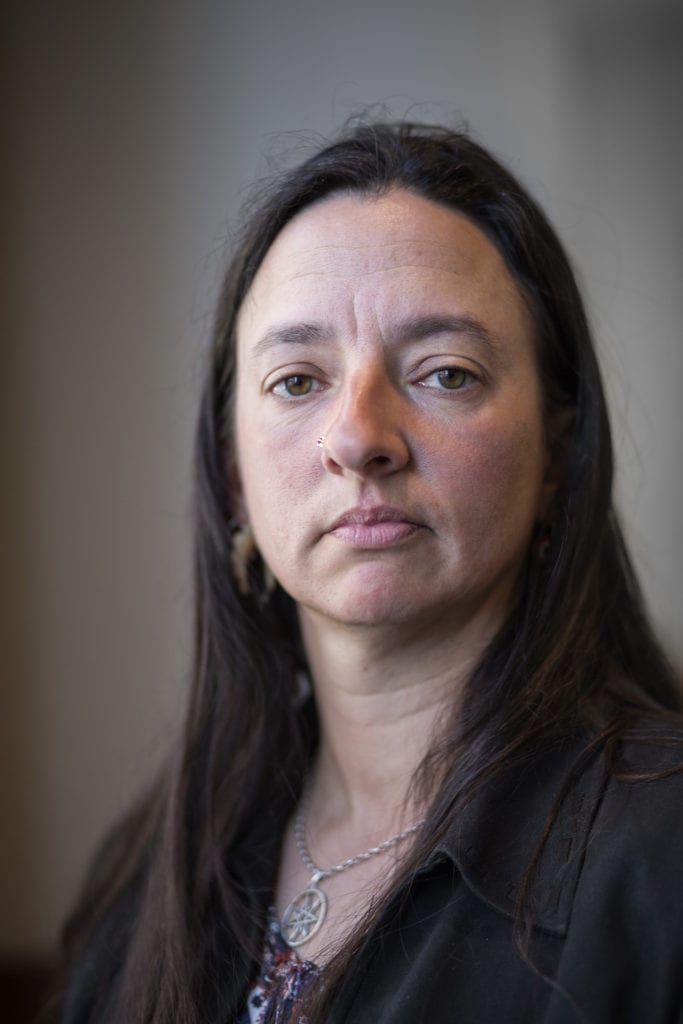
Pidduck says the work questions what it means to align oneself with a belief system and “place oneself spiritually within the physical environment”. “Initially, I envisioned the project as a series of portraits of people within the Nottingham Pagan community, but the work evolved into a much broader series, more cognizant to the nuances of worship and belief.
“Those who practice Paganism are important to the work, as faith is first and foremost a human experience and construct. However, shortly after beginning the work I realised that Paganism, as with many other religious practices, puts a great deal of emphasis on ‘place’. In its final form, the series shows sacred Pagan sites, objects used in and left at these places, as well as portraits of the people who engage with them.”
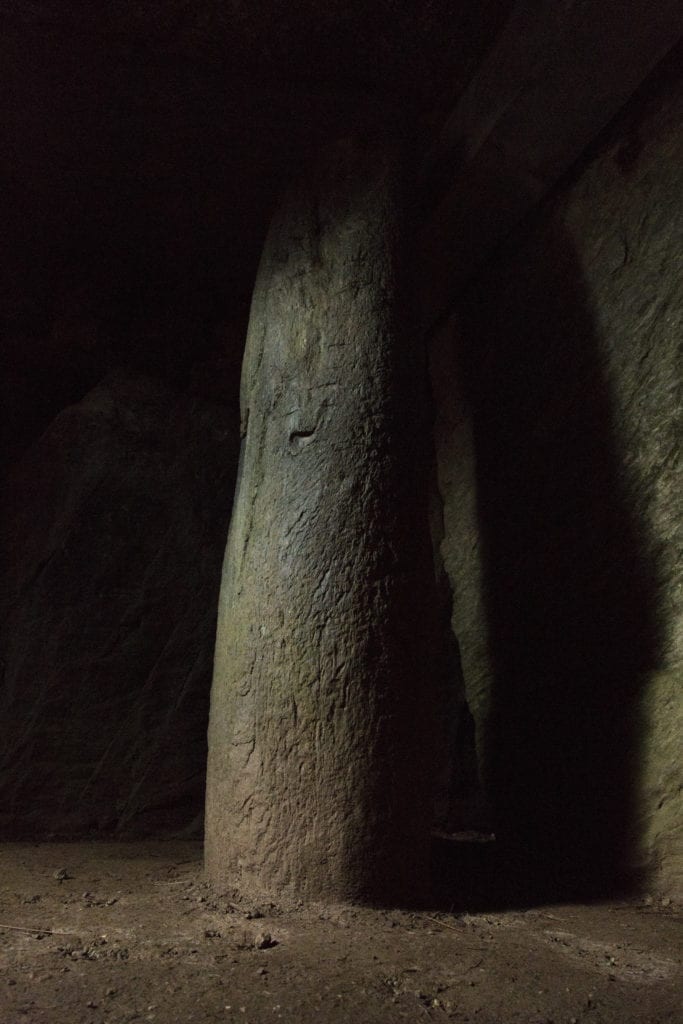
Born and raised in Coventry in the West Midlands, Pidduck is influenced greatly by the work of Daragh McDonagh, the Dublin-based photographer who studied under Martin Parr, Donovan Wylie and Paul Seawright. “In Sha-Man, McDonagh isolated his subjects against a white backdrop under natural light, and slightly overexposed them to achieve a delicately washed-out visual style that accentuates the eyes, resulting in a cold, almost melancholy, impression. In contrast to this, I felt I needed to keep my subjects within their environment so as not to create a sense of ‘the other’.
“I wanted to achieve an uncluttered visual style, so I used a narrow depth-of-field to strike a balance between portraying the subjects in places of significance to them and isolating them visually. Making the photographs in a place of personal significance to the sitter has two purposes for me. On the one hand, it simply means the subject is in a comfortable environment and more willing to open up. On the other, it allows me to contextualise the subject, showing them in a matter-of-fact way in their home, at their place of work, or their favourite coffee shop.”
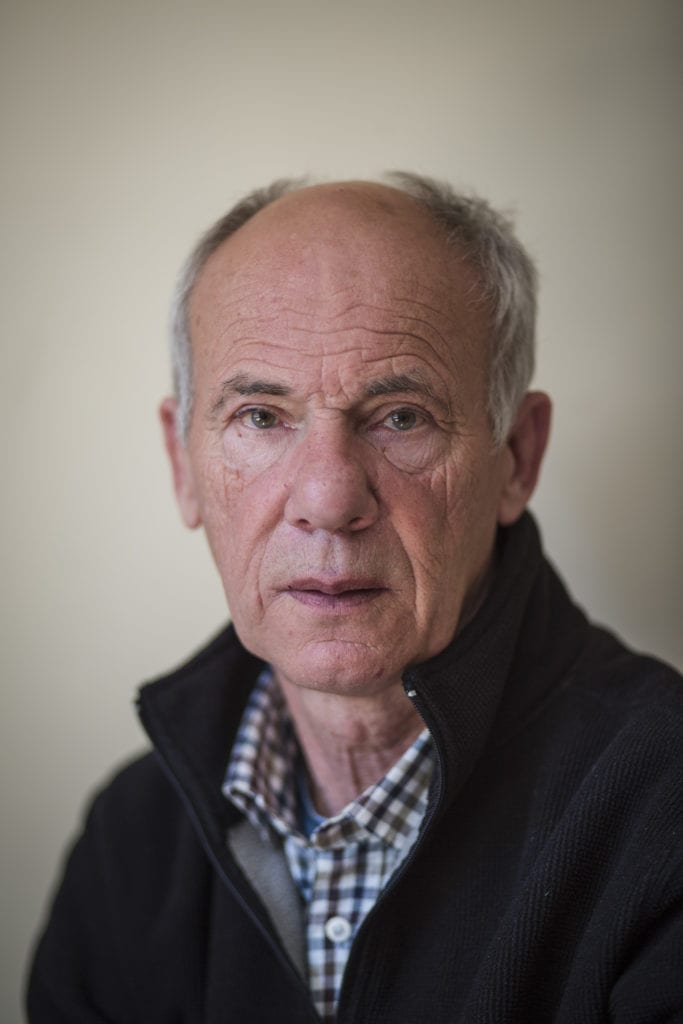
He shot the series with a Canon 5D MKIII, hand held, and in natural light, then edited the series himself to weave a narrative that intimately conveys the ‘humanity’ of what is an often misrepresented, and misunderstood, community of worshippers. “As with any series, there are many shoots that are absent from the current work, but I’ve been making the project in some form since October last year. I really feel like I have now hit my stride with portraiture.
“But I’m really only scratching the surface with regards to exploring Paganism and faith, so I expect this project to evolve. I have a few plans for similar projects, but nothing concrete yet.”
To see more of Jack Pidduck’s work, click here

